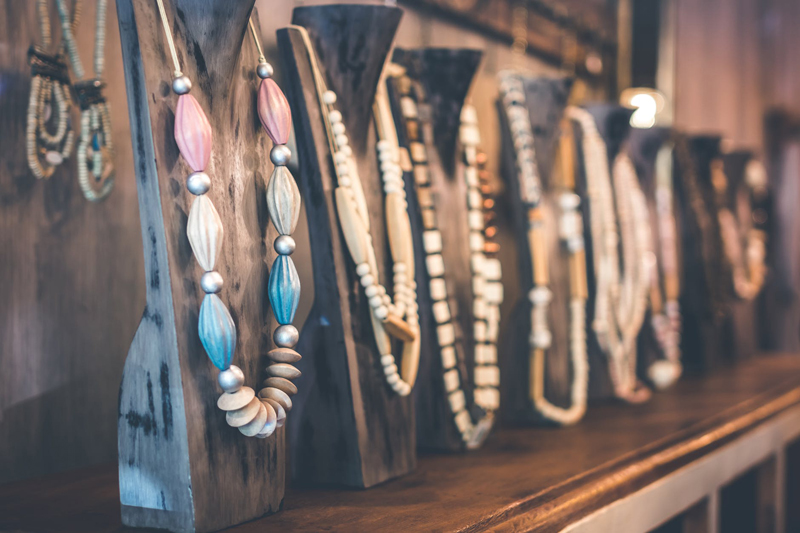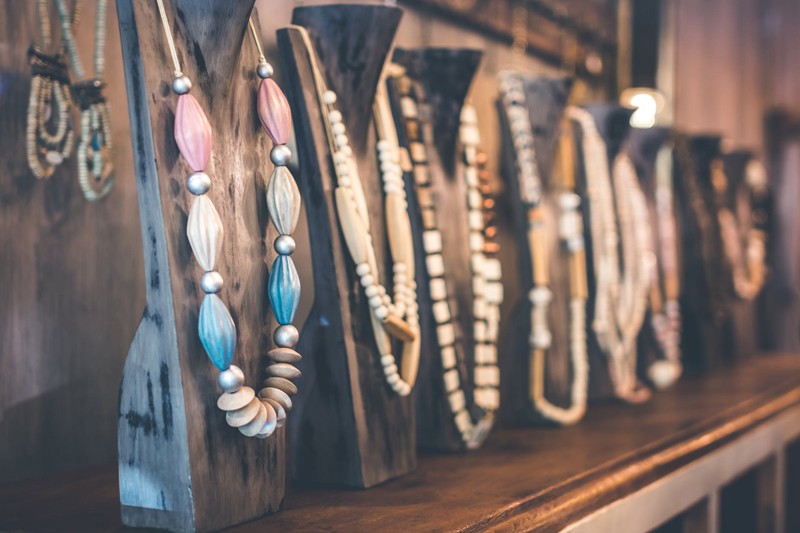Twisted Wire Bracelet Project

Bangle bracelets with a simple and stylish design are timeless in the fashion world. Here is a design that is easy to make with several alternative designs you can incorporate into the finished piece. The twisted wire bangle can be created with minimal equipment and material.
Start with this simple design, and as you master the technique you can easily add your own ideas and elements to the bracelet.
Tools and Materials
• Pair of pliers with serrated jaws, a pair of draw tongs or a hand held drill.
• Bracelet mandrel or a round sturdy tube to wrap your bracelet around for forming.
• Third Hand (Learn about in my jewelry making glossary)
• File and fine grit sandpaper.
• Wire cutting snips.
• 30-inch length of 16-gauge sterling silver wire.
• Soldering Surface
• Torch
• Vise
• Polishing Cloth
The gauge, or B&S wire size, is the thickness of the wire. The thinner the wire, the larger the gauge number and the easier it is to work with. You may choose any size from a 20 gauge to a 12 gauge.
The first step is to cut your wire into three equally long pieces. Hold the three pieces between your fingers and twist three or four times. Now hammer one end of the wire and secure tightly in your vise.
You will hold the other end of the wire in your pliers, tongs or drill to complete the twist. Simply grasp the end with your tongs or pliers and twist until you reach your desired look. If you are using a drill, place the loose end of the wire into the drill chuck (where a bit would go) and tighten. Press the drill trigger with a few quick pulses and the wire should twist sufficiently. Hammer each end with a few strikes, to flatten the ends. At this point, you should anneal your wire by moving your torch flame quickly and evenly up and down the wire. Next, quench the wire in water and pat dry.
Cut the bracelet to your desired length with your snips and flatten each end by striking with your hammer. The average length of a bracelet is five and a half to six inches long. Now that you have cut the bracelet, you will smooth the ends. File each and sand to eliminate any rough ends.
Now you will form the bangle, using your hands to wrap it around your mandrel or your sturdy round object. With the ends overlapping, use a rawhide or nylon hammer to shape and harden the bangle.
There are several options to finish the ends of the bracelet. The easiest is to use silver solder and melt into a ball at each end. To do this, place your bracelet in your third hand, and position it so one end of the bracelet is over your soldering surface. Flux the end of the bracelet and the solder, then heat the end of the bracelet until it turns a pale pink. Hold the solder wire at the heated end of the bracelet and heat both until the solder begins to form a ball shape. Remember, the solder and wire pieces must be fluxed and be heated to the same temperature. When the flux becomes clear the solder begins forming a ball, use your solder pick to guide the solder ball to the end tip of the bracelet. Now repeat this process on the opposite end of the bracelet.
The last step is to polish with a polishing cloth.
Some easy alternatives to this design include using a combination of copper and silver wire. On the ends, you may solder hollow metal beads or decorative bead spacers, making sure the diameter of the bracelet and bead opening are compatible. Get creative with your ideas to make this your own custom designed piece.
Start with this simple design, and as you master the technique you can easily add your own ideas and elements to the bracelet.
Tools and Materials
• Pair of pliers with serrated jaws, a pair of draw tongs or a hand held drill.
• Bracelet mandrel or a round sturdy tube to wrap your bracelet around for forming.
• Third Hand (Learn about in my jewelry making glossary)
• File and fine grit sandpaper.
• Wire cutting snips.
• 30-inch length of 16-gauge sterling silver wire.
• Soldering Surface
• Torch
• Vise
• Polishing Cloth
The gauge, or B&S wire size, is the thickness of the wire. The thinner the wire, the larger the gauge number and the easier it is to work with. You may choose any size from a 20 gauge to a 12 gauge.
The first step is to cut your wire into three equally long pieces. Hold the three pieces between your fingers and twist three or four times. Now hammer one end of the wire and secure tightly in your vise.
You will hold the other end of the wire in your pliers, tongs or drill to complete the twist. Simply grasp the end with your tongs or pliers and twist until you reach your desired look. If you are using a drill, place the loose end of the wire into the drill chuck (where a bit would go) and tighten. Press the drill trigger with a few quick pulses and the wire should twist sufficiently. Hammer each end with a few strikes, to flatten the ends. At this point, you should anneal your wire by moving your torch flame quickly and evenly up and down the wire. Next, quench the wire in water and pat dry.
Cut the bracelet to your desired length with your snips and flatten each end by striking with your hammer. The average length of a bracelet is five and a half to six inches long. Now that you have cut the bracelet, you will smooth the ends. File each and sand to eliminate any rough ends.
Now you will form the bangle, using your hands to wrap it around your mandrel or your sturdy round object. With the ends overlapping, use a rawhide or nylon hammer to shape and harden the bangle.
There are several options to finish the ends of the bracelet. The easiest is to use silver solder and melt into a ball at each end. To do this, place your bracelet in your third hand, and position it so one end of the bracelet is over your soldering surface. Flux the end of the bracelet and the solder, then heat the end of the bracelet until it turns a pale pink. Hold the solder wire at the heated end of the bracelet and heat both until the solder begins to form a ball shape. Remember, the solder and wire pieces must be fluxed and be heated to the same temperature. When the flux becomes clear the solder begins forming a ball, use your solder pick to guide the solder ball to the end tip of the bracelet. Now repeat this process on the opposite end of the bracelet.
The last step is to polish with a polishing cloth.
Some easy alternatives to this design include using a combination of copper and silver wire. On the ends, you may solder hollow metal beads or decorative bead spacers, making sure the diameter of the bracelet and bead opening are compatible. Get creative with your ideas to make this your own custom designed piece.

Related Articles
Editor's Picks Articles
Top Ten Articles
Previous Features
Site Map
Content copyright © 2023 by Susan Mendenhall. All rights reserved.
This content was written by Susan Mendenhall. If you wish to use this content in any manner, you need written permission. Contact Susan Mendenhall for details.



